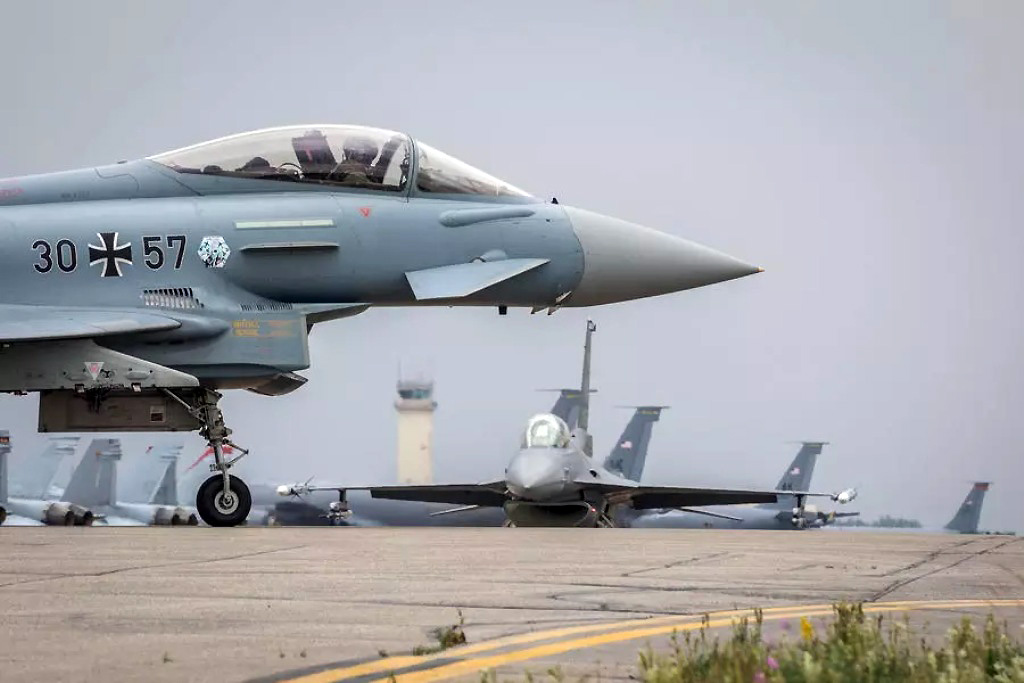Enhancements to Amphibious Combat Vehicles: Strategic Integration of Counter-UAS Capabilities
Background and Context
Recent developments in amphibious warfare highlight the pressing need for the Marine Corps to modernize its capabilities, especially in light of evolving battlefield dynamics. The Amphibious Combat Vehicle (ACV) is positioned as a critical asset in this transformation—it represents the Corps’ first new amphibious platform in 50 years, set to replace the outdated Assault Amphibious Vehicle (AAV). This modernization initiative comes against the backdrop of experiences from conflicts like the ongoing situation in Ukraine, which have underscored the significance of counter-unmanned aerial systems (C-UAS) technology in contemporary military operations.
Current State of ACV Development
Features of the ACV
The ACV is designed for versatility and combat readiness, boasting:
- Integrative Armament: The vehicle will feature an advanced 30mm cannon and capabilities for rapid deployment and repair.
- Enhanced Mobility: Engineered to traverse water and land efficiently, it can navigate up to 12 nautical miles, which presents unique engineering challenges.
Col. Tim Hough, the program manager for advanced amphibious assault, emphasized the ACV’s utility in modern combat situations. He indicated that future enhancements, including C-UAS capabilities, are essential for maintaining relevance on today’s battlefield, where armored vehicles are increasingly vulnerable to aerial threats.
Emergence of Counter-UAS Needs
The Impact of Modern Conflicts
The conflict in Ukraine has accelerated the demand for nimble countermeasures against UAS threats. As military confrontations evolve, the Marine Corps recognizes that vehicles like the ACV may become primary targets for enemy drones. According to Col. Hough:
"The emergence of C-UAS threats is notable. Armored vehicles, including the ACV, face significant risks from these systems."
Future Capabilities
While specific implementations of C-UAS technology are still being assessed, the Marine Corps is currently engaged in "market research" to identify viable solutions. They are examining various alternatives, such as:
- Integrated Radar Systems: Exploring the potential for a radar system that could be paired with the ACV’s existing turret for synchronized targeting.
- Weight Considerations: Each new capability must weigh carefully against the vehicle’s operational limitations to ensure sustained water mobility.
Testing and Operational Readiness
Progress in Evaluation and Deployment
Operational testing for the ACV-30 variant, featuring the new cannon, commenced earlier this year at critical sites such as the U.S. Army Aberdeen Test Center and Camp Pendleton, California. The vehicle is undergoing rigorous cyber vulnerability evaluations to ensure its resilience against electronic warfare.
Looking ahead, the ACV-30 is slated to achieve initial combat readiness by 2026, followed by additional variants aimed at further enhancing capabilities, including a model equipped with a crane for on-site repairs, expected by 2027.
Strategic Outlook for the Marine Corps
In light of past incidents—including the tragic sinking of an AAV in 2020 that resulted in the loss of nine Marines—the Marine Corps is keen to adopt a more stable trajectory for its amphibious operations. Col. Hough mentioned that the Corps plans to solicit insights from industry stakeholders regarding future capabilities, including crucial C-UAS enhancements.
Key Areas for Improvement
Col. Hough has outlined several priorities that are essential for the modernization of the ACV:
- Increased Maneuverability: Improving the vehicle’s ability to operate effectively in various environments.
- Enhanced Speed and Responsiveness: Ensuring rapid deployment during critical operations.
- Driver Assistance Automation: Introducing systems to streamline maneuvers and reduce operator workload.
- Noise Reduction: Minimizing acoustic signatures to enhance stealth capabilities.
- Situational Awareness: Augmenting the crew’s ability to process and act on battlefield data.
Conclusion
As the Marine Corps prepares to enhance the versatility and effectiveness of its amphibious forces, the integration of counter-UAS capabilities stands as a pivotal step in aligning modern warfare strategies with technological advancements. The ongoing evaluation and deployment of the ACV portfolio reflect a commitment to maintaining combat readiness while adapting to contemporary security challenges. The future of amphibious operations will depend not only on robust vehicle capabilities but also on proactive measures to counter emerging aerial threats.





